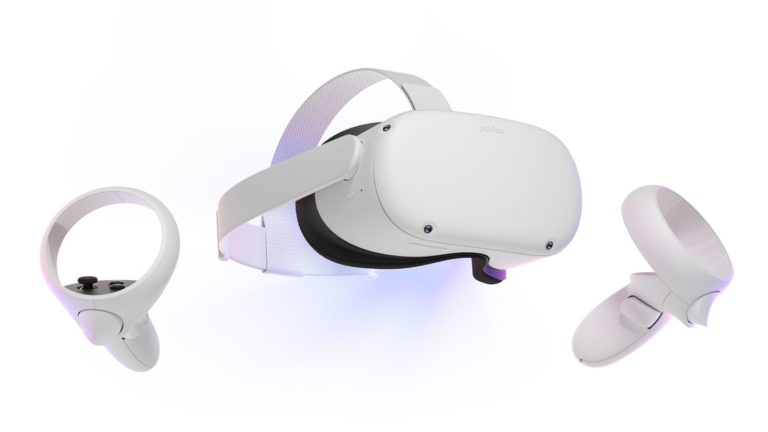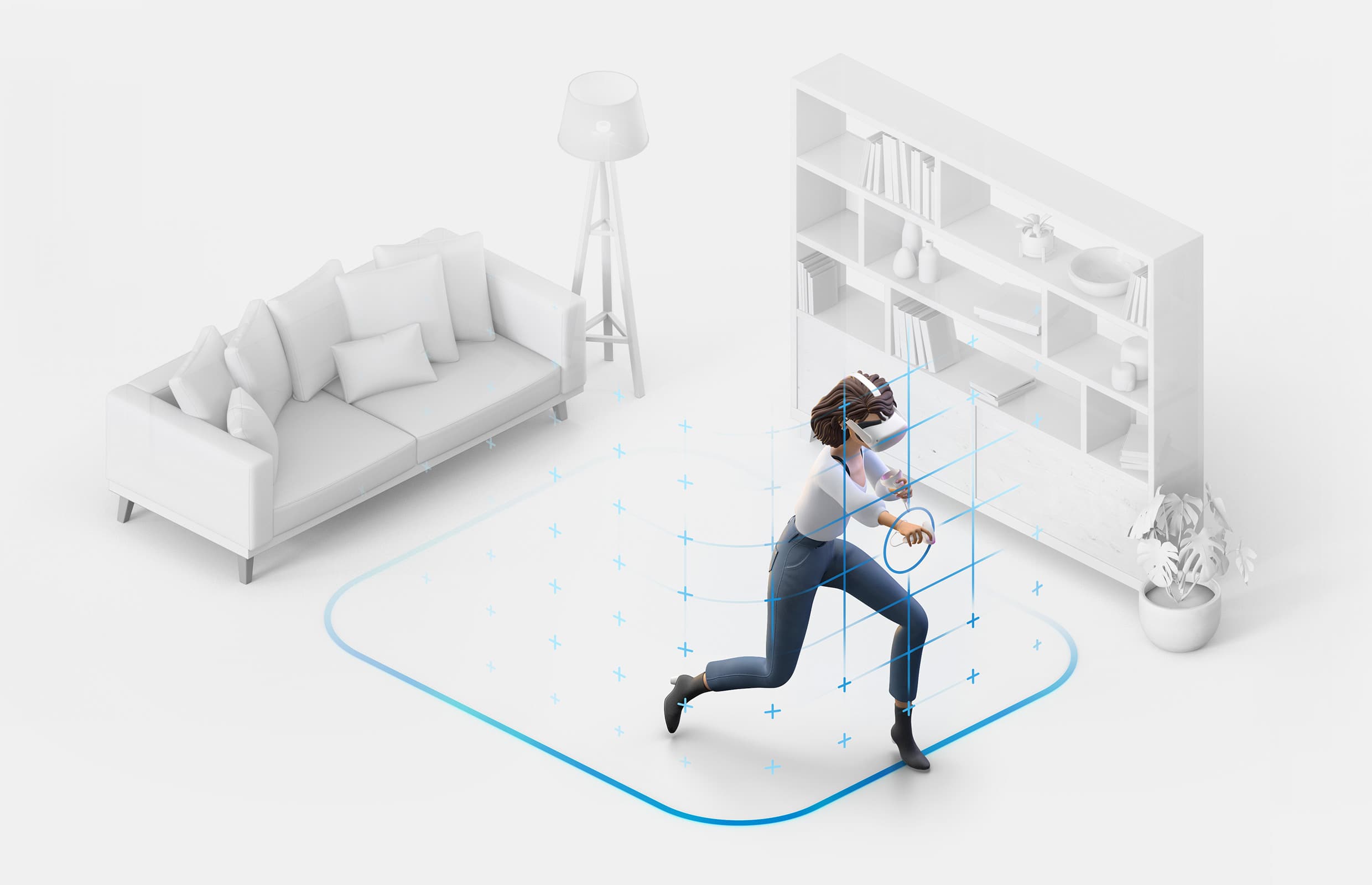
 Oculus Quest 2 ships today to pre-order customers (we’re eagerly watching the door). To commemorate the device reaching consumers’ hands and heads, we’re reprising our recent review roundup (say that three times fast). Check it out below in embedded videos and narrative takeaways.
Oculus Quest 2 ships today to pre-order customers (we’re eagerly watching the door). To commemorate the device reaching consumers’ hands and heads, we’re reprising our recent review roundup (say that three times fast). Check it out below in embedded videos and narrative takeaways.
By now, you’ve probably heard all about Oculus Quest 2. Given the device’s price dip and specs bump, the VR world has been singing its praises. This follows the chorus that heralded the first Oculus Quest as VR’s savior that could bring the technology to the mainstream.
Rather than rehash that storyline — or recite Quest 2’s well-worn spec sheet — we’ve assembled the most insightful product reviews we’ve seen for this week’s XR Talks. Peppered below, these go a bit deeper into the device’s strengths, and what it could do for VR.
One theme that threads throughout these reviews is how the price-to-quality ratio is a gift from Facebook. Norm Chan from Tested goes as far as to say that Facebook likely isn’t making any profit per unit — a loss-leader approach we’ve examined around Facebook’s long-term VR play.
In that sense, the rumors that swirled ahead of Quest 2’s unveiling were split between whether the device would be a Quest “lite” or a Quest “Pro.” What we ended up with was the best of both worlds: A “pro” level device upgrade with a “lite” price tag. A gift from Facebook indeed.

CNET
CNet’s Scott Stein continues the common thread in characterizing the rarity of getting a second-generation device that is both cheaper and markedly better. There’s also an attractive games library that gets a bit of a head-start from Quest 2’s backward compatibility.
But one attribute in Stein’s “cons” column is that Quest is still primarily a gaming device. For non-gamers, there’s still not much else to do. This should change over time, especially considering Facebook’s social roots, and endpoints for Social VR that will catalyze with Horizon.
Facebook has already started the multi-staged process of attracting developers to the Oculus platform to build such experiences. That starts with greater user numbers to attract developers, which in turn starts with marketing a device with an attractive price/quality ratio. Check.
Beyond the growth in content libraries, Stein reminds us that Facebook has future-proofed Quest 2 with specs that developers can grow into. Apps will only get better as developers build natively around 90hz processing and the horsepower of the Qualcomm XR 2 chip.
UploadVR
If Quest gave VR a second wind, Facebook is now doubling down on that with Quest 2, says Upload’s Jaime Feltham. Like others, he echoes the glaring price to quality ratio and the upgrades in comfort (weight), performance (XR2 chip), and visual fidelity (resolution boost).
Controller and head tracking is solid on the device — as it was on Quest 1 — while hand tracking will only get better. As above, Facebook has positioned Quest 2 to gain capability and appeal over time with hand tracking, expanding libraries and features unlocked through software.
It’s so good in fact that Facebook could destroy its VR competition, says Feltham. Consider that other VR players’ revenue models are that of traditional hardware businesses in that they need to make decent margin on each unit sold. That makes it hard to compete with Quest 2.
Though that’s good for consumers, is it what VR needs? Would the health of the industry be better served with more competition? Furthermore, Feltham points out the potential issue of requiring a Facebook account to use Quest 2. This will come down to a personal choice.
Virtual Reality Oasis
Mike Cussell at Virtual Reality Oasis echoes some of the above sentiments in terms of quality improvements over Quest 1. He also reiterates the utility that Quest could gain over time through hand tracking. This could especially enhance social experiences like Big Screen and Horizon.
Quest 2’s built-in head strap is a weakness Cussell says, but Facebook had to make design sacrifices to get Quest 2 down to $299. Fortunately, there’s an upgrade path for head mounts, given first-party add-ons that will give users some optionality and modularity.
The same goes for audio which, like the gen-1 quest, is channeled through the fabric head strap. Then again, you’re better off using headphones or wired earbuds for superior sound anyway, so why boost the bill of materials on a device with a narrow line of price/feature tradeoffs?
Those nitpicks aside, Cussell deems Quest 2 not only the best standalone headset available today, but the best entry-level PC-VR headset. The latter is of course due to Oculus Link, which makes Quest 2 a hybrid device that will now occupy the single seat in Facebook’s VR lineup.
Tested
Capping off the review roundup is the most extensive of the lot, from the always astute and detailed folks at Tested. Chan goes in-depth on new components such as the display, tracking system, new controllers and even the nuances of the headstrap.
Most notably, Chan examines Oculus’ one-device VR ecosystem and what that could do for users and developers. It sacrifices the benefits of true (locally-rendered) PC-VR, which abandons VR gamers. But that tradeoff returns more mainstream appeal (a numbers game).
Moreover, one device makes Oculus an attractive ecosystem for developers. There are less hardware specs to design around than the multi-device Oculus universe that Facebook leaves behind (Rift S, Quest and Go). One device means less audience fragmentation for developers.
Coming full circle, users will benefit most. Due to Facebook’s long-term commitments to VR, it’s putting aside the need for its headsets to be a profit center. As a loss leader to build VR market share and network effect (Facebook’s DNA), consumers end up with a sizable value.





